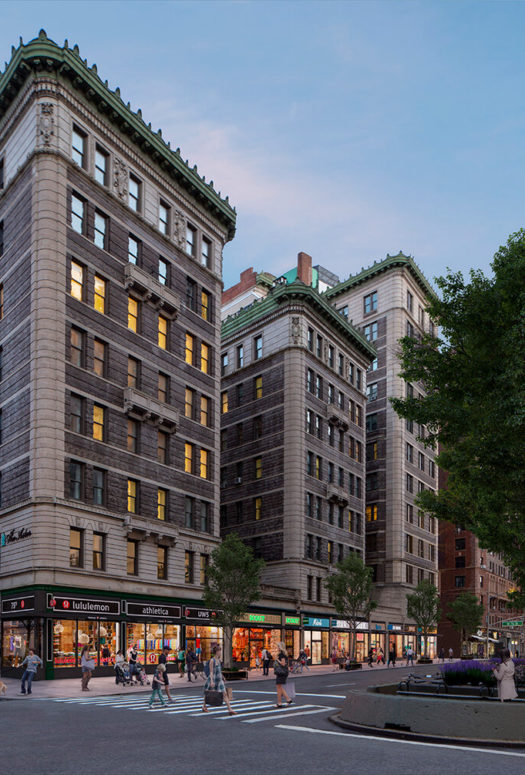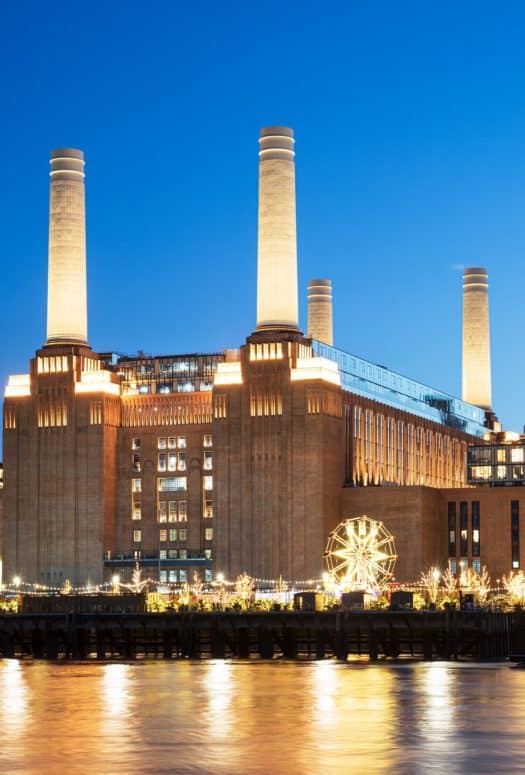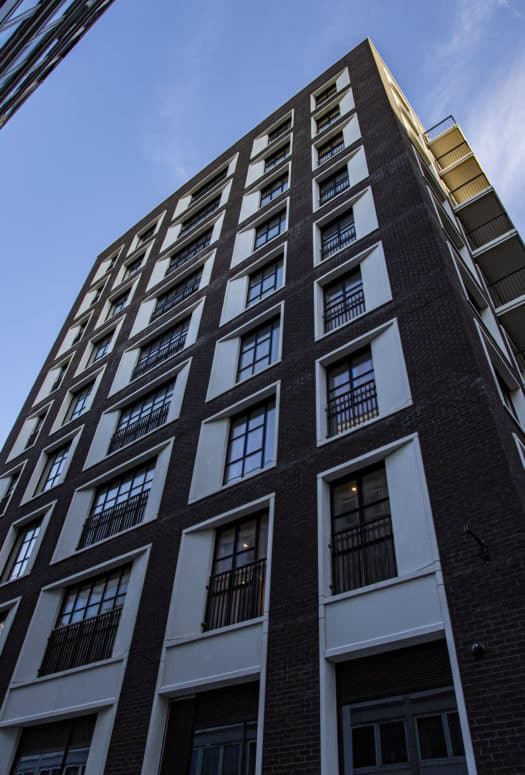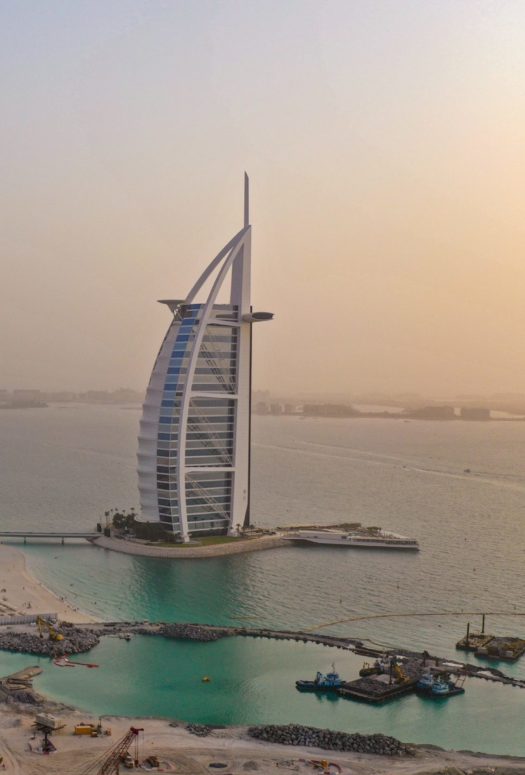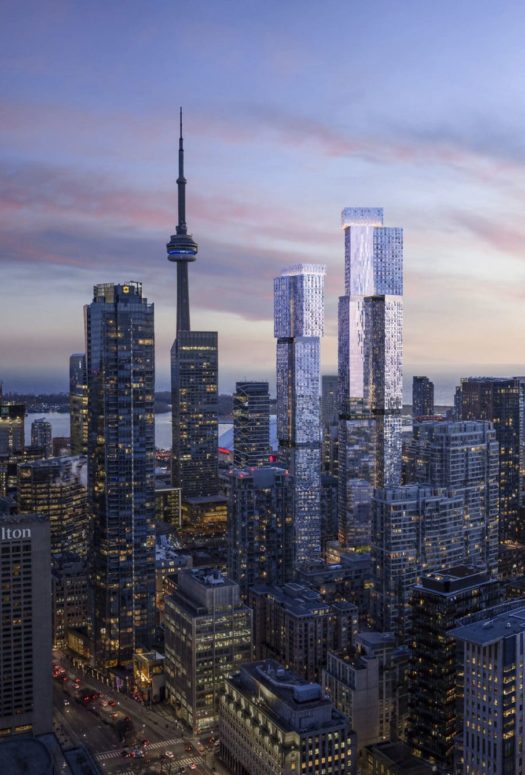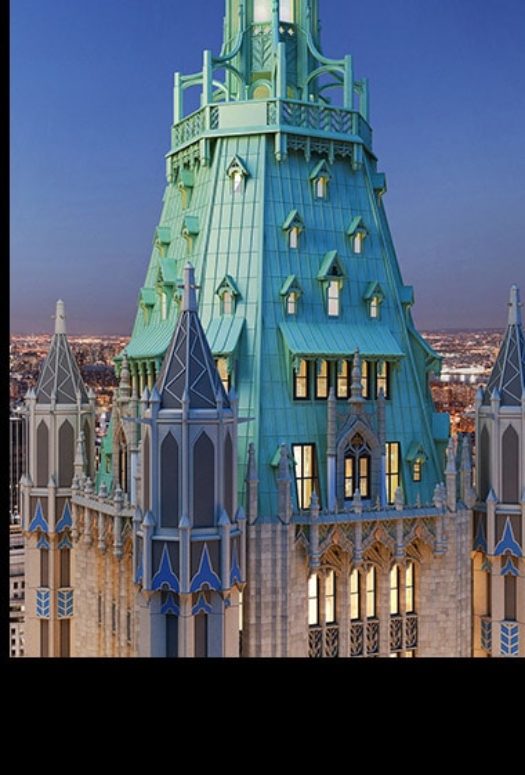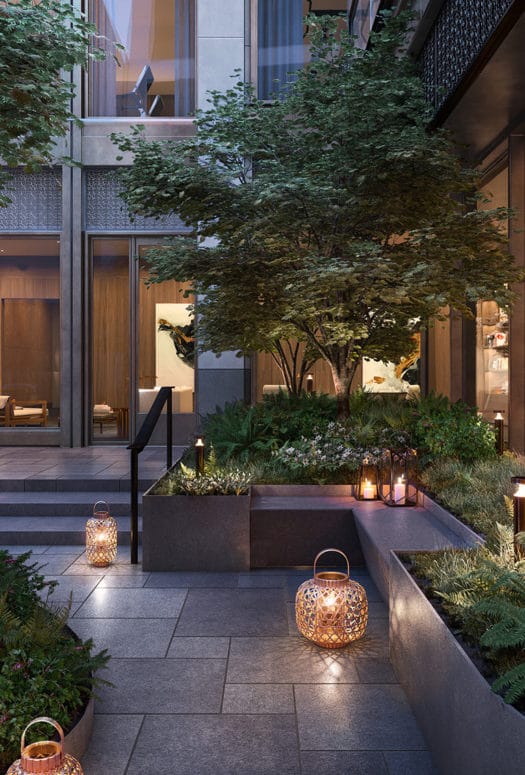Passive House Construction Makes Inroads In New Developments
By: Zoe Rosenberg
After some notable gaffes in the last century—from asbestos-laden home products to notoriously energy-inefficient McMansions—builders and architects are now meaningfully designing for a healthy and prosperous future. In the last three decades, industry innovators have found new ways to leverage natural resources and create more holistic living environments.
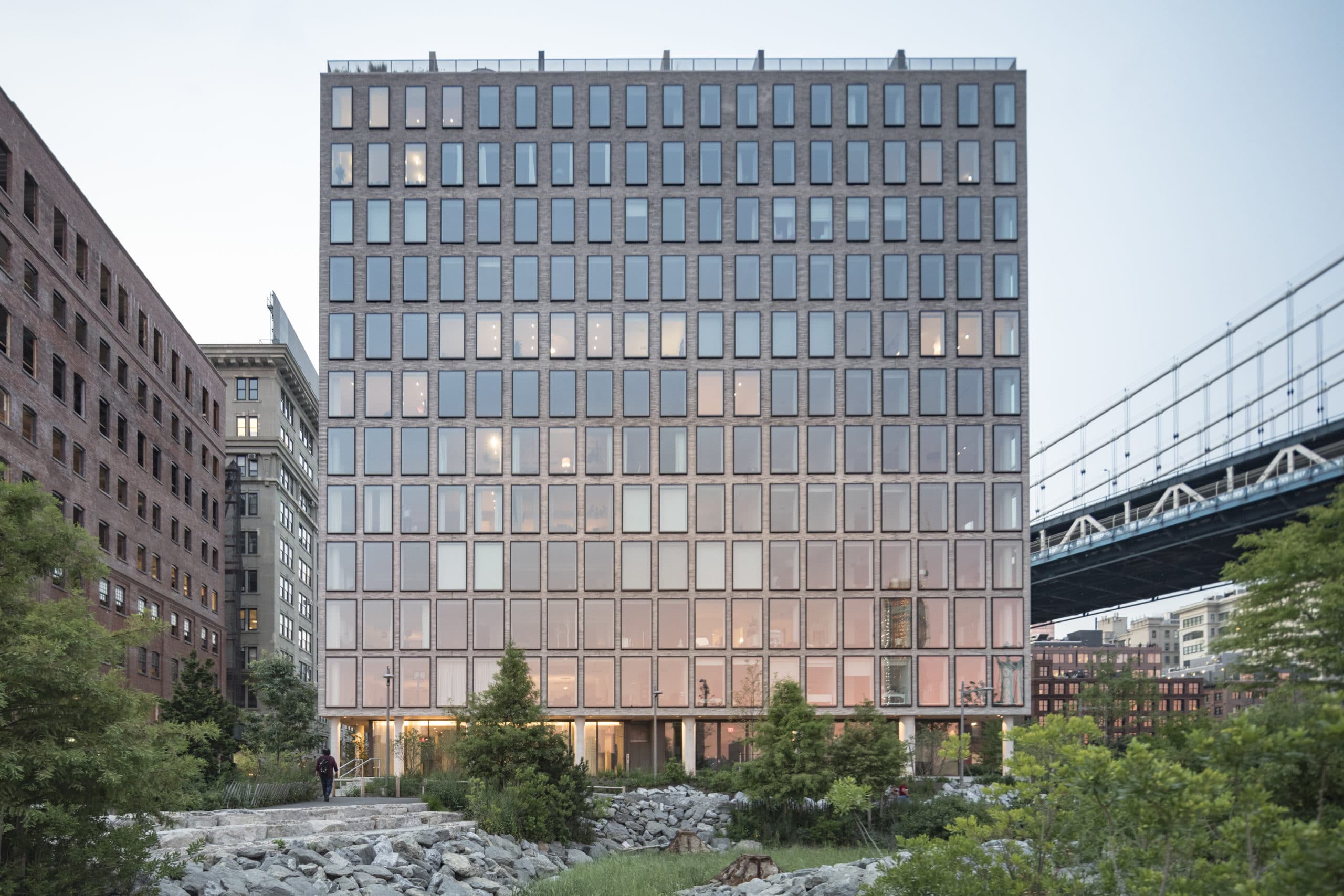 Photo Credit: Laurian Ghinitoiu
Photo Credit: Laurian Ghinitoiu
Enter Passive House building, which was codified in 1996 as a series of design and construction standards that aim to create more efficient buildings and reduce reliance on polluting energy sources. Despite the name, Passive House goes beyond standalone “houses” and has started to find its way into condominium developments around the country, drawing buyers eager to minimize their ecological footprint and live in healthier, more sustainable environments.
Just ask Bill Caleo, who founded the Brooklyn Home Company in 2006 as a townhouse renovation operation, then pivoted in 2018 toward greener building standards.
“When I’m on my deathbed, I want to know I left this world better than I found it, that the homes I created are healthier, more energy efficient, and better for our planet,” Caleo said.
The Brooklyn Home Company now embraces Passive House energy-efficiency standards, which maintain the temperature, air quality, and other elements of interior environments with minimal dependence on polluting energy sources. This is mostly achieved through the use of insulation, high-quality windows, and ventilation systems that maximize passive energy sources, such as sunlight and shade, rather than traditional HVAC systems. The result? An interior environment with superior air quality and low energy usage that can cut heating and cooling costs by as much as 90 percent.
I want to know I left this world better than I found it—that the homes I created are healthier, more energy efficient, and better for our planet
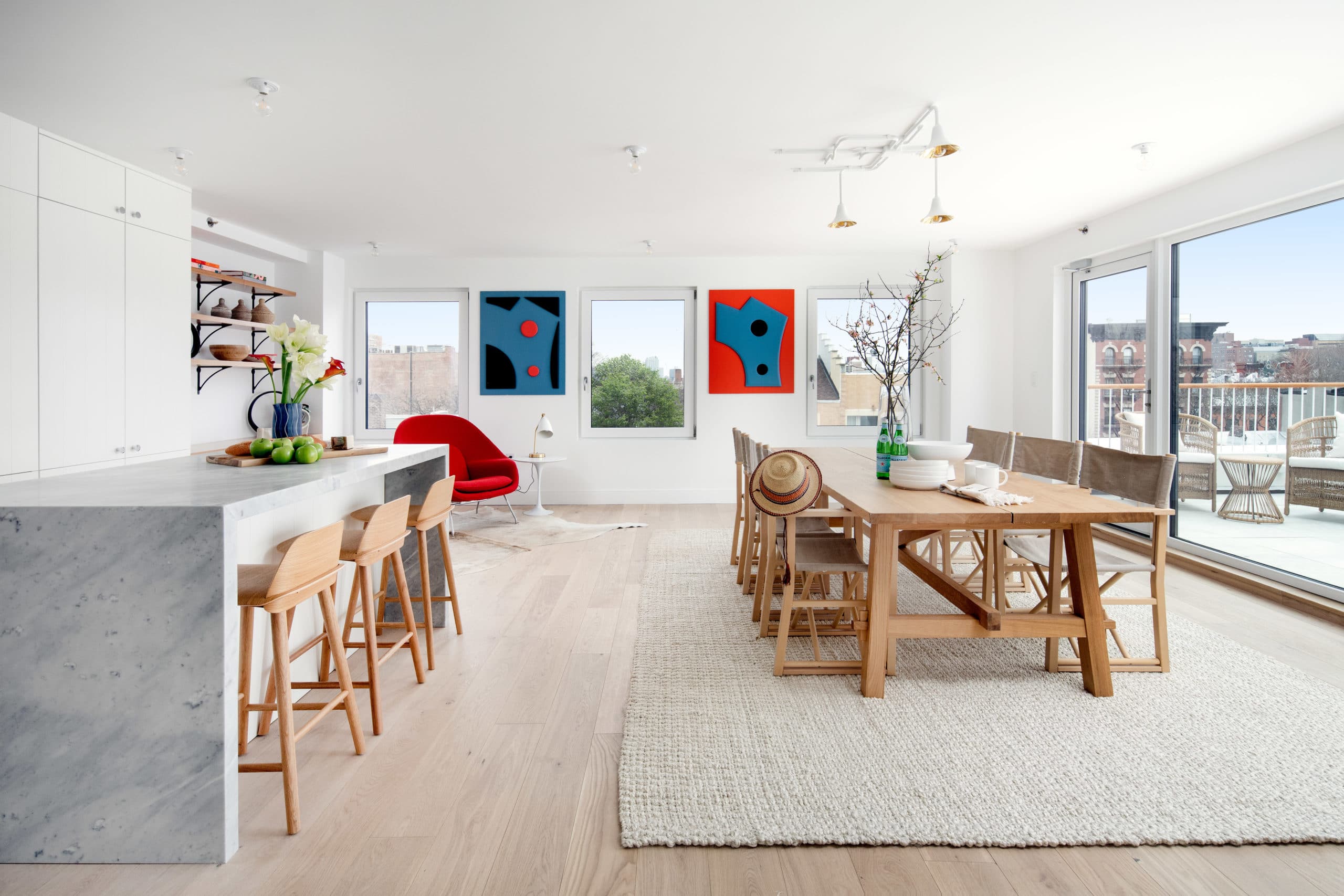 Photo Credit: Travis Mark
Photo Credit: Travis Mark
According to Caleo, the pandemic has stoked demand for Passive House building, with homeowners putting more demands and scrutiny on their living spaces than ever before. The two New York Passive House condominium developments listed by the Brooklyn Home Company in June 2020—714 Sixth Avenue and 271-273 14th Street—sold out in mere months. “All of my buyers are saying they bought this because of the health-and-wellness aspect of the home. That has a real influence on all of us now,” Caleo said. “I see the Passive House amenity becoming more and more important as we get out of COVID.”
Alloy Development also drew on Passive House principles for One John Street, its 42-residence Brooklyn waterfront development. “It was a fun process of educating buyers about what to expect when you come into an environment like this,” said Alloy Development vice president Jeffrey Sullivan, adding that luxurious creature comforts are in no way compromised by these energy efficiency standards. At the LEED Gold-certified project, triple-pane windows and insulation block sound from the adjacent Brooklyn Bridge so effectively that the interior sound environment is equivalent to that of a recording studio. Plus, the windows let in enough daylight that residents can keep their lights off for much of the day.
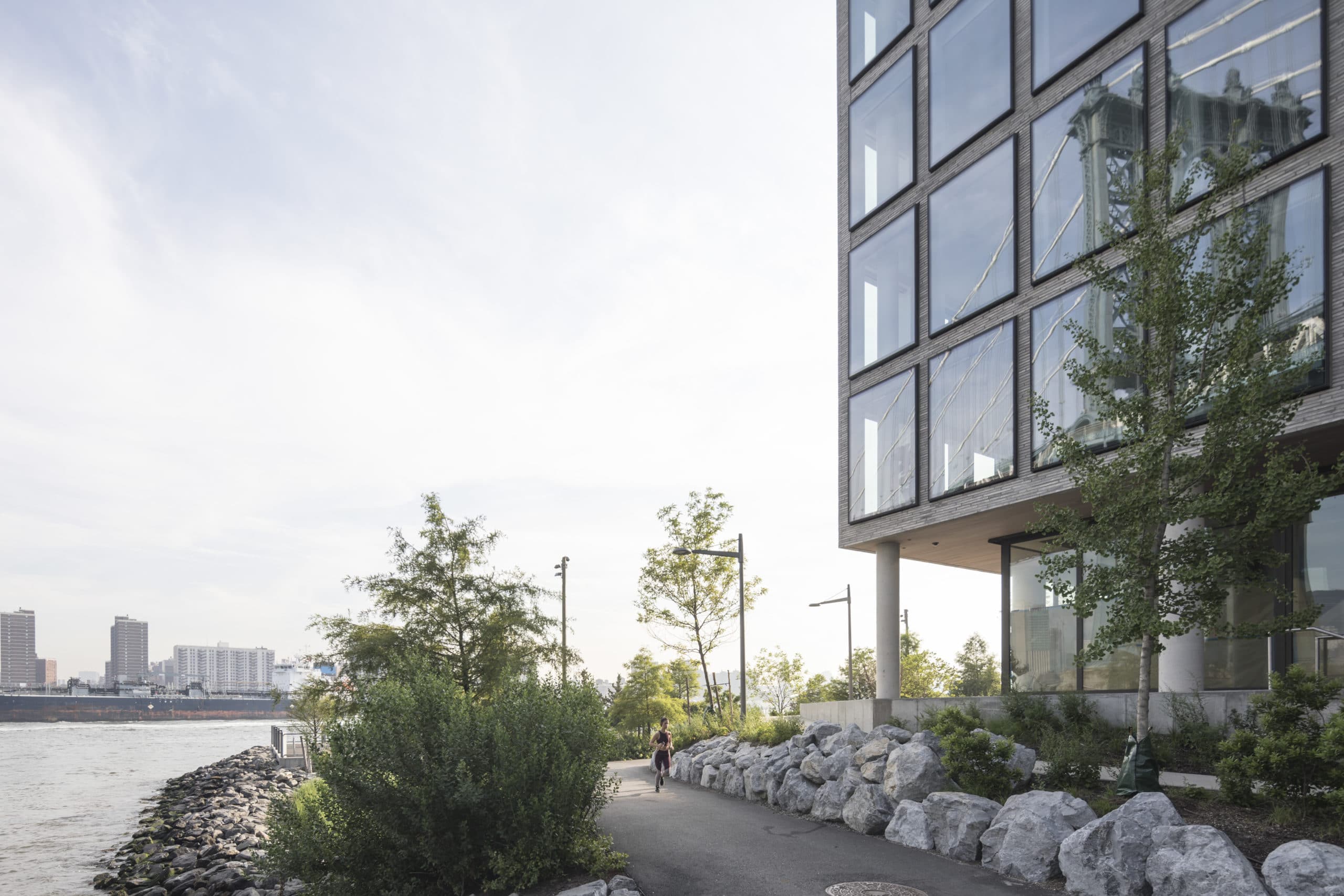 One John Street in Brooklyn, New York.
(Photo Credit: Laurian Ghinitoiu)
One John Street in Brooklyn, New York.
(Photo Credit: Laurian Ghinitoiu)
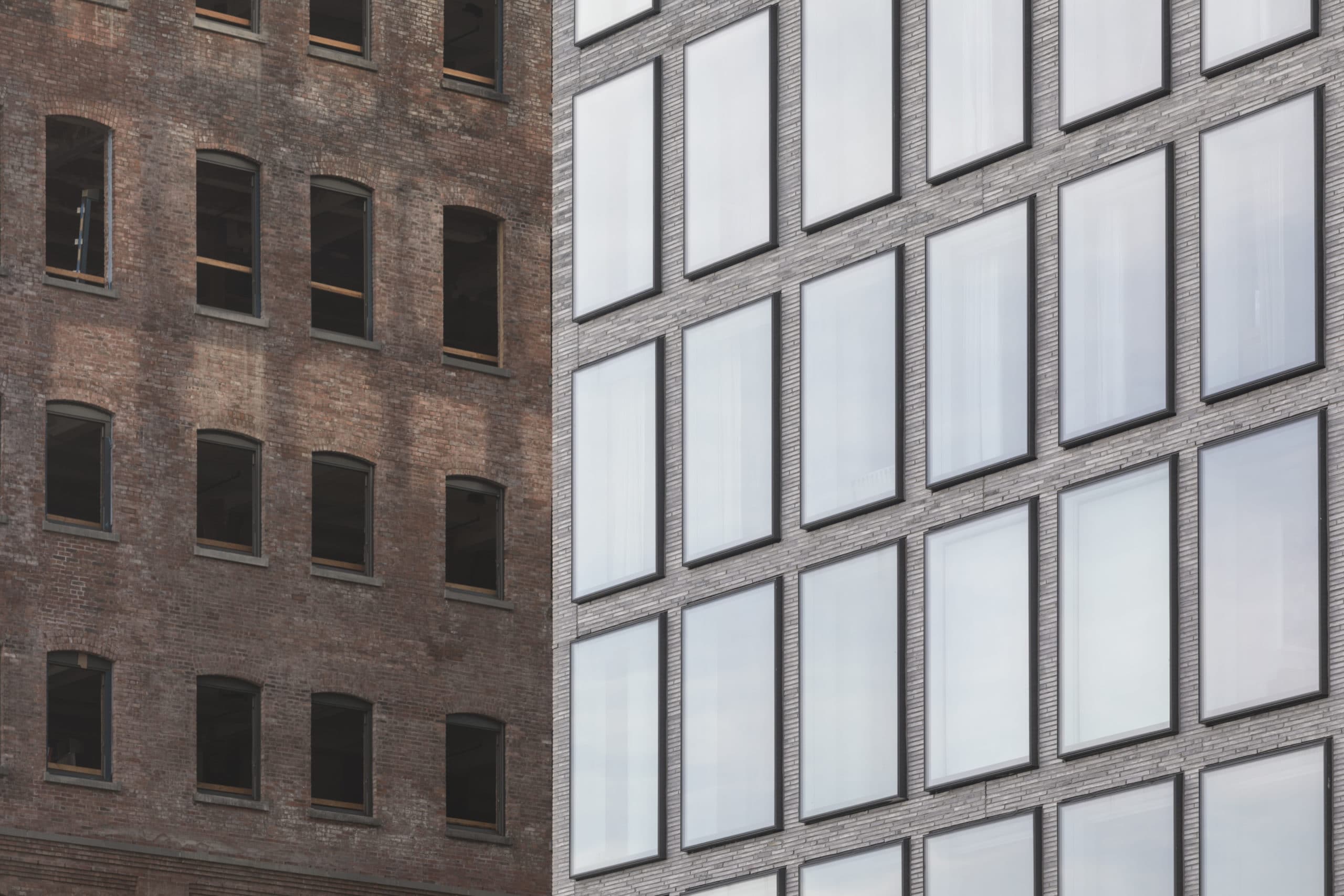 One John Street in Brooklyn, New York.
(Photo Credit: Laurian Ghinitoiu)
One John Street in Brooklyn, New York.
(Photo Credit: Laurian Ghinitoiu)
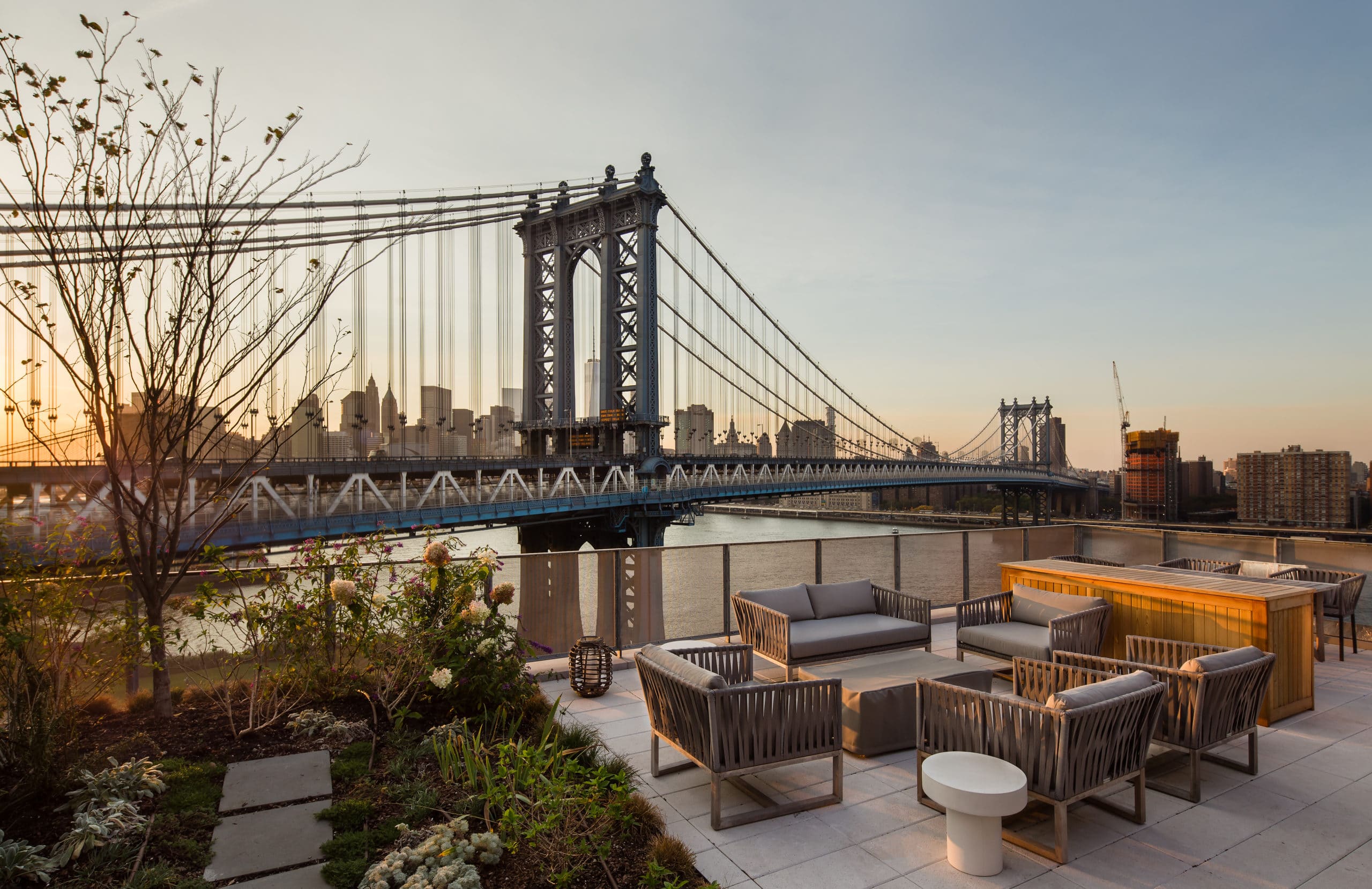 One John Street in Brooklyn, New York.
(Photo Credit: Pavel)
One John Street in Brooklyn, New York.
(Photo Credit: Pavel)
In San Francisco, Sol Lux Alpha takes green building principles one step further: It’s the first multicondo residence in the country to combine Passive House certification with nanogrid technology that manages on-site power generation. In other words, the building is hooked up to the grid, but also contributes to it, making it a net zero property that creates as much renewable energy as it consumes.
In designing Sol Lux Alpha, Riyad Ghannam of RG-Architecture said the firm aimed for a new model for green housing. “That’s what the name implies,” Ghannam said. “This is the ‘alpha’ version. We’re hoping to do the beta and work our way through fine-tuning this to achieve what we set out to do: Create a replicable and attractive building type.” The goal, ultimately, is to combat the reliance on finite resources in the home.
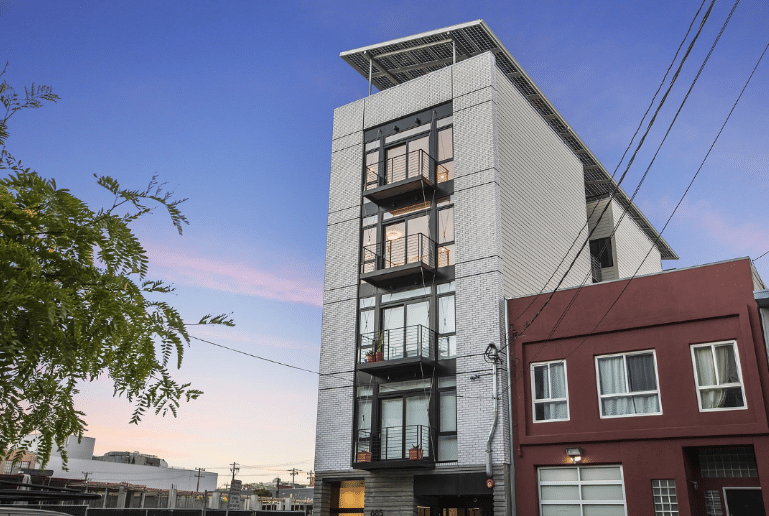 Sol Lux Alpha in San Francisco, California.
(Photo Credit: RG-Architecture)
Sol Lux Alpha in San Francisco, California.
(Photo Credit: RG-Architecture)
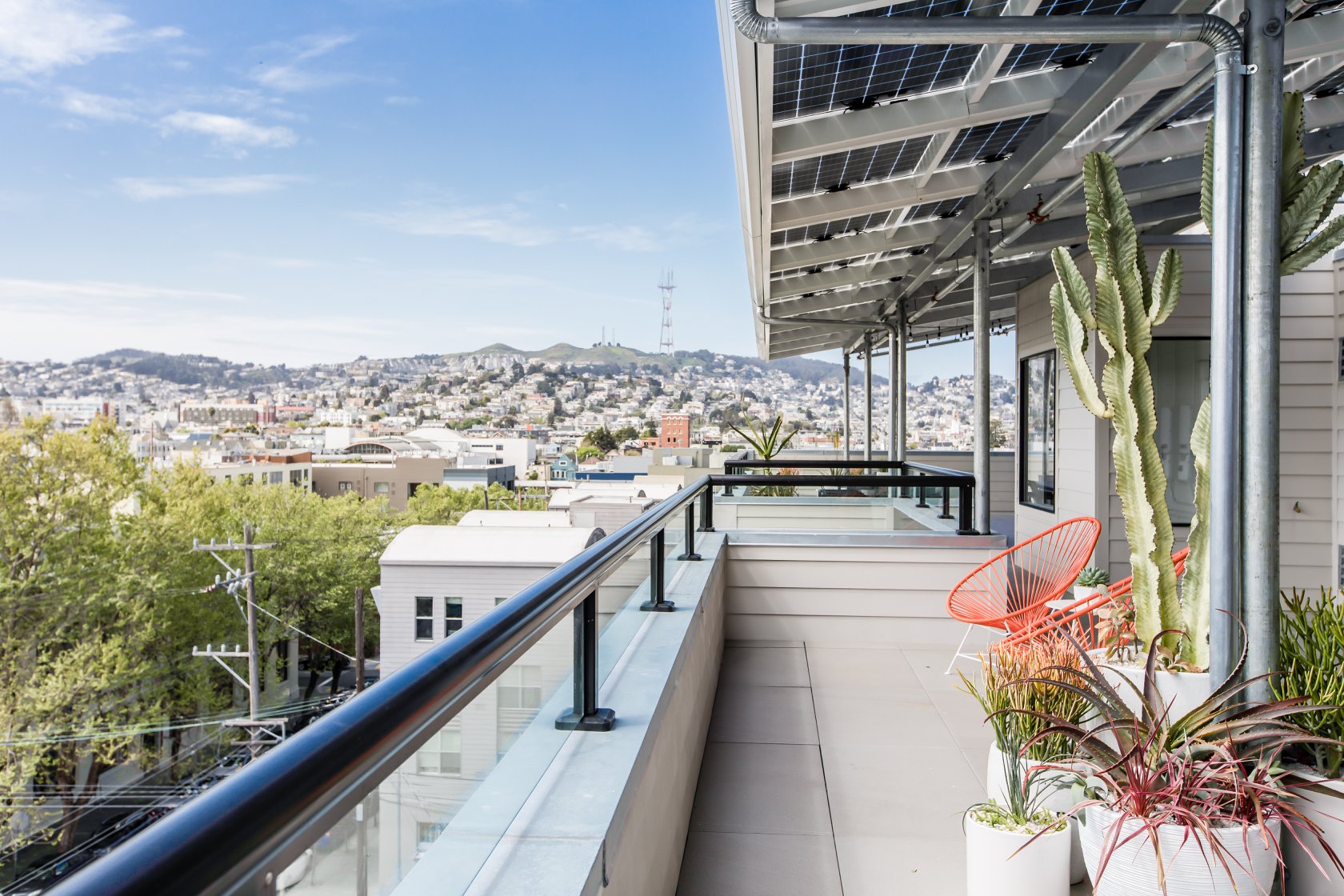 Rooftop at Sol Lux Alpha in San Francisco, California.
(Photo Credit: RG-Architecture)
Rooftop at Sol Lux Alpha in San Francisco, California.
(Photo Credit: RG-Architecture)
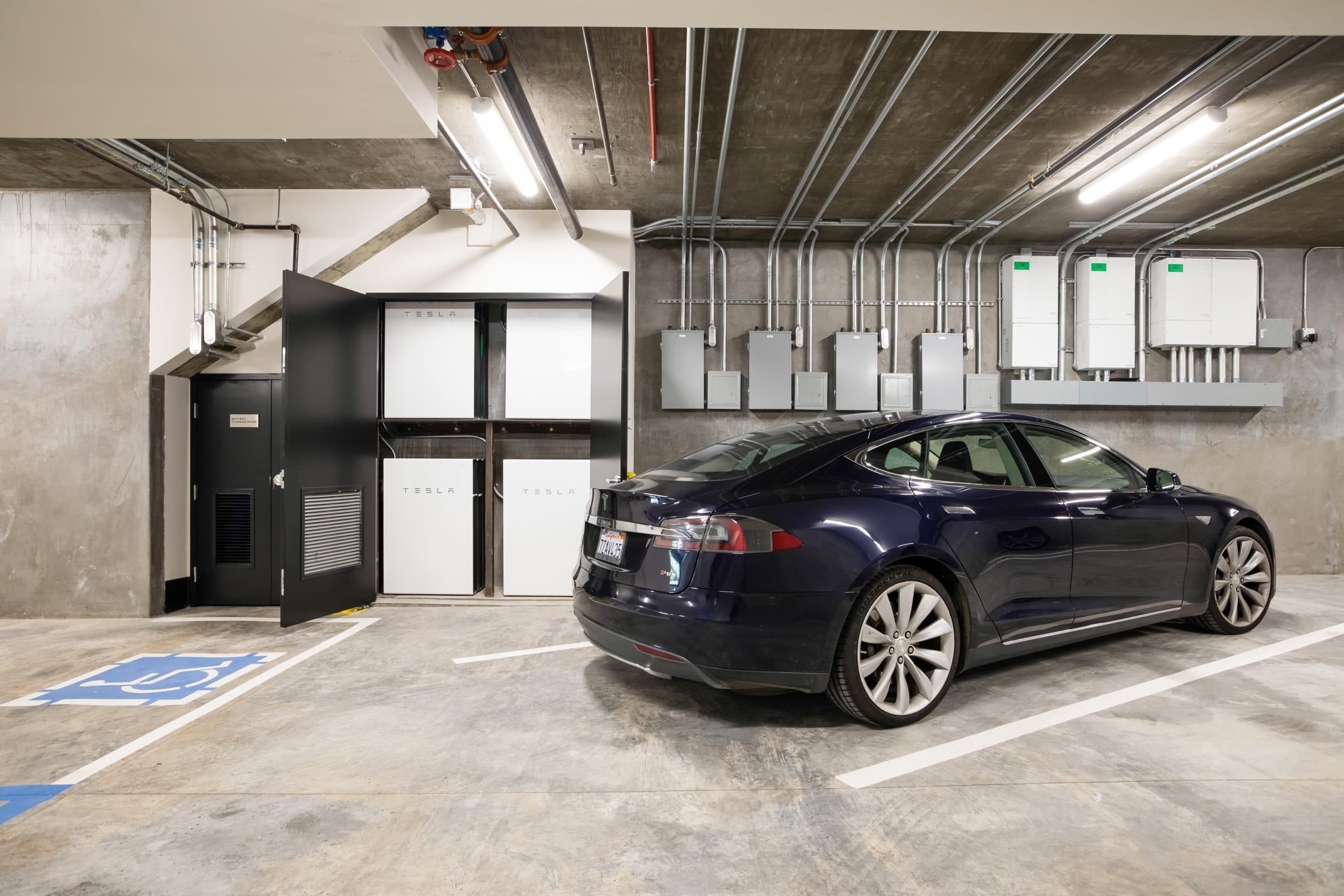 Residence garage at Sol Lux Alpha in San Francisco, California.
(Photo Credit: RG-Architecture)
Residence garage at Sol Lux Alpha in San Francisco, California.
(Photo Credit: RG-Architecture)
These days, condominium projects that employ Passive House standards are the exception, not the rule, but Caleo is hopeful that market demand will drive the trend. “Buyers are thinking about the future; they’re thinking about their impact on the community,” he said, noting that forward-thinking clients are also requesting amenities like electric charging stations for parking spots. “I think people’s heads are going in that direction, and that’s what we’re going to see in the condominium market: People are going to have that expectation, and I can’t wait for them to have it.”


